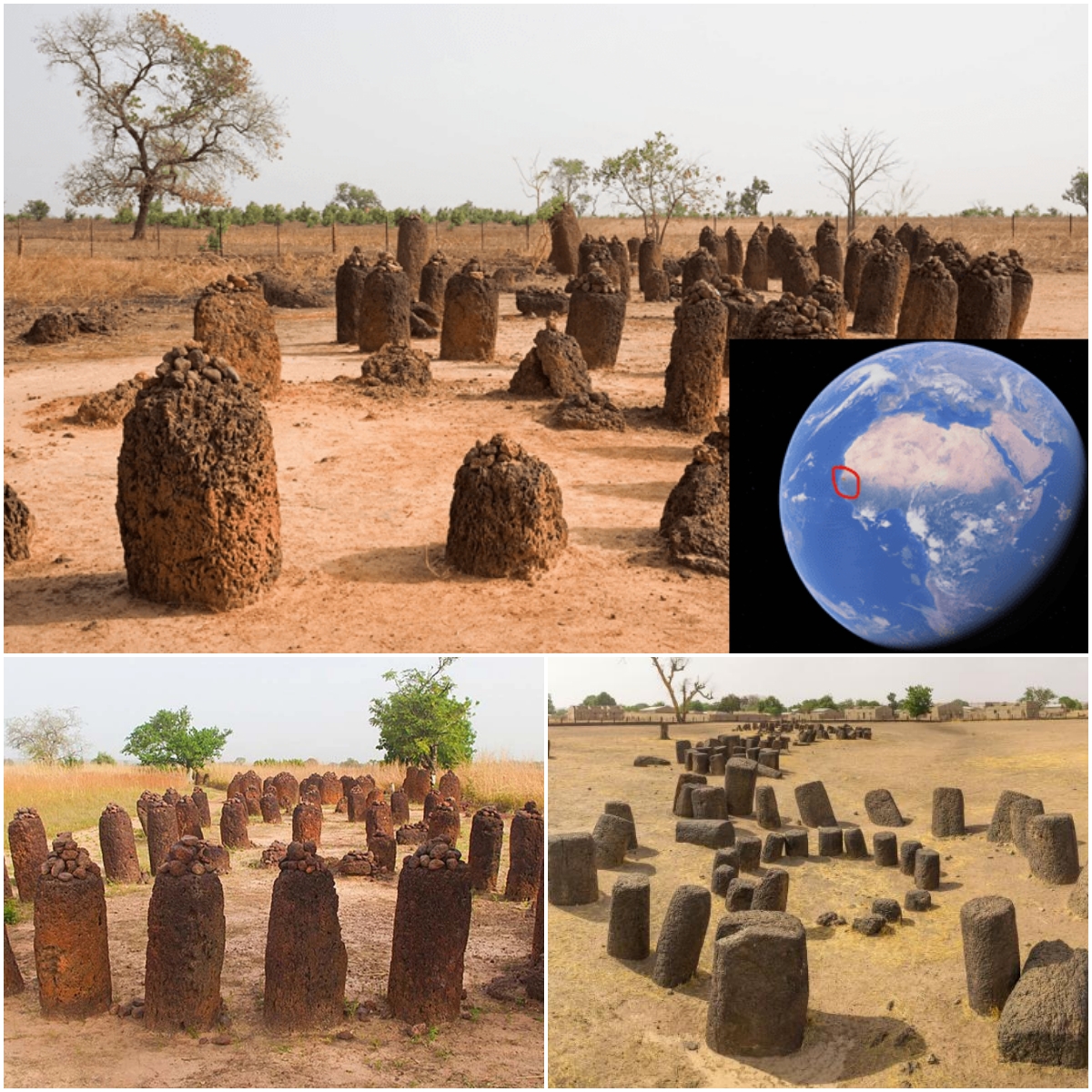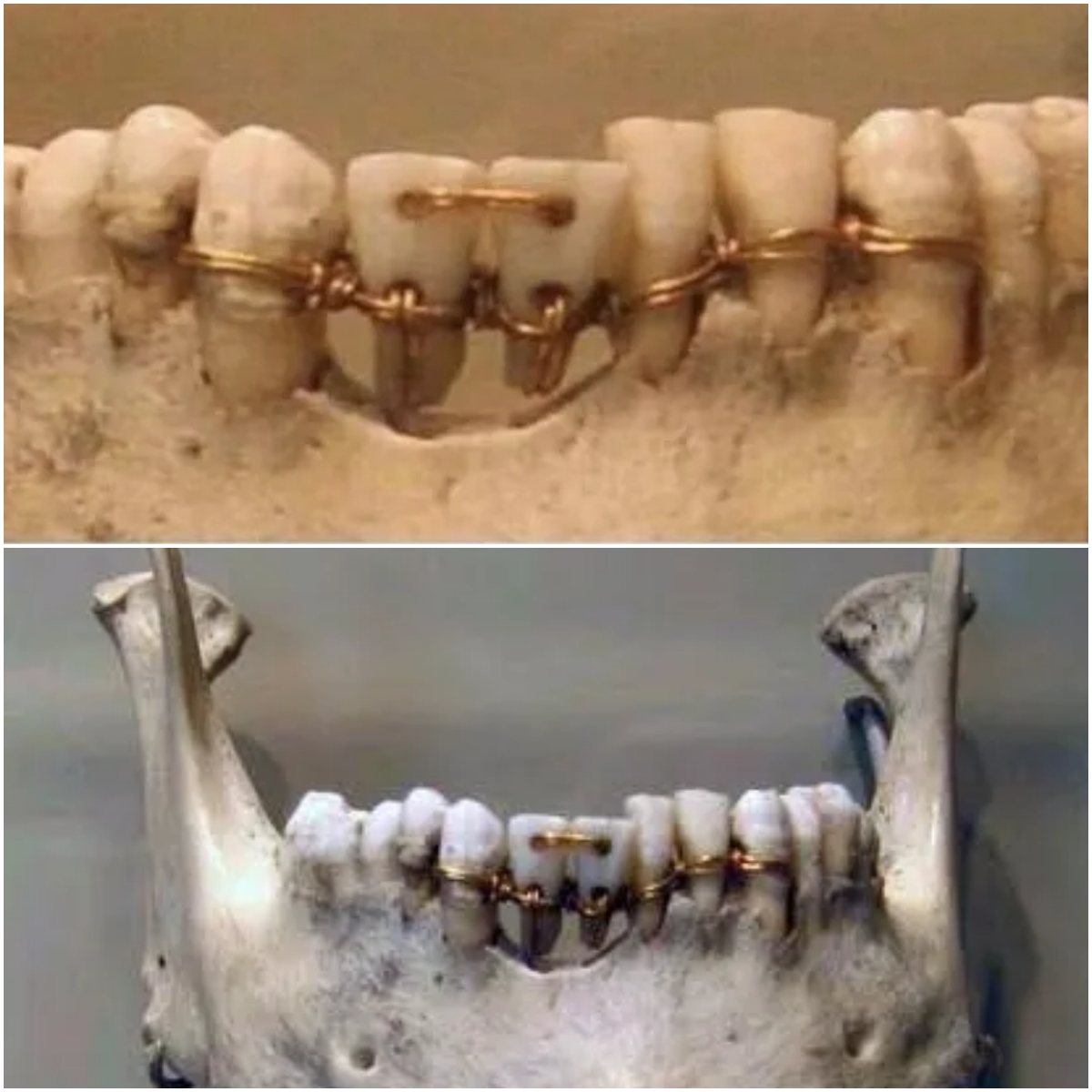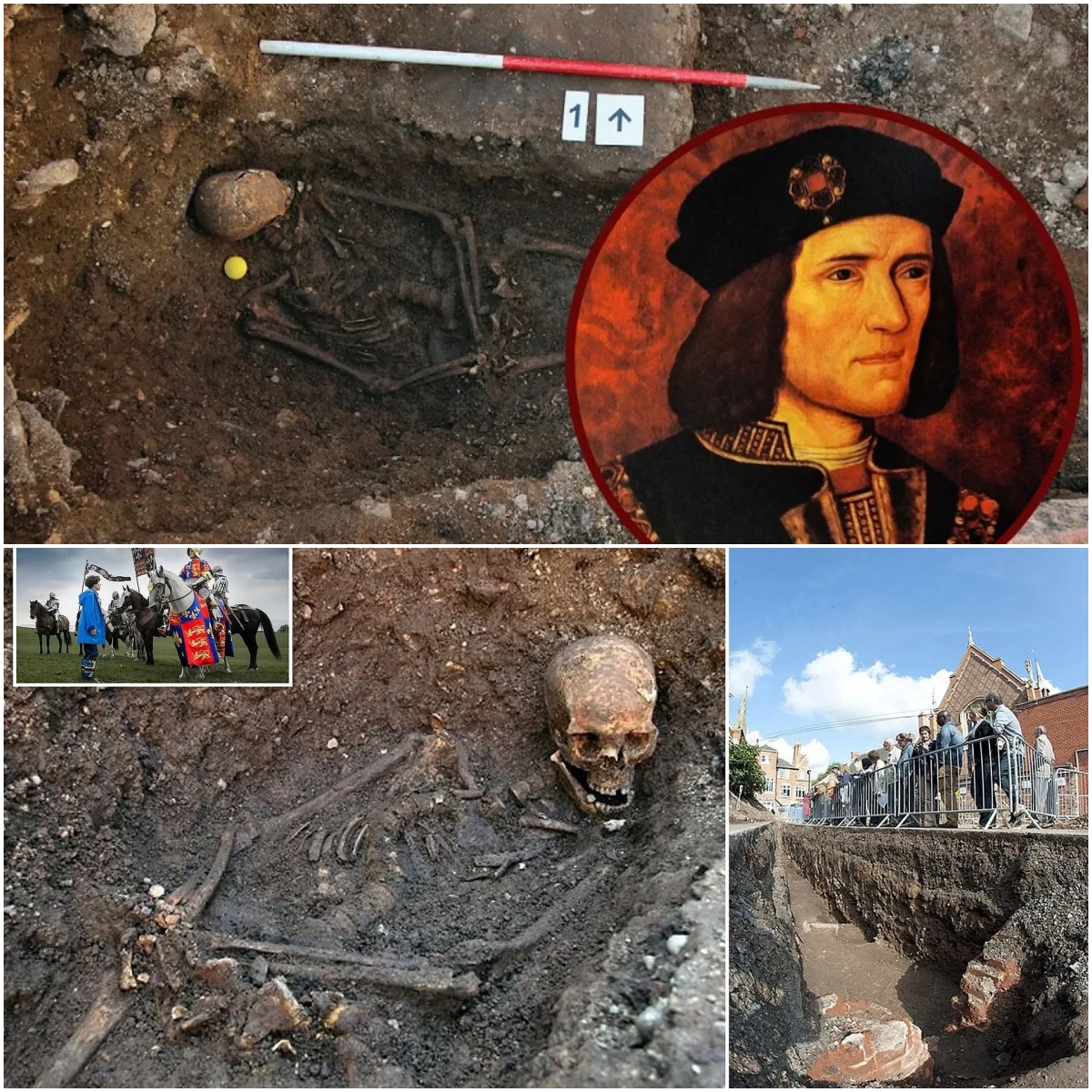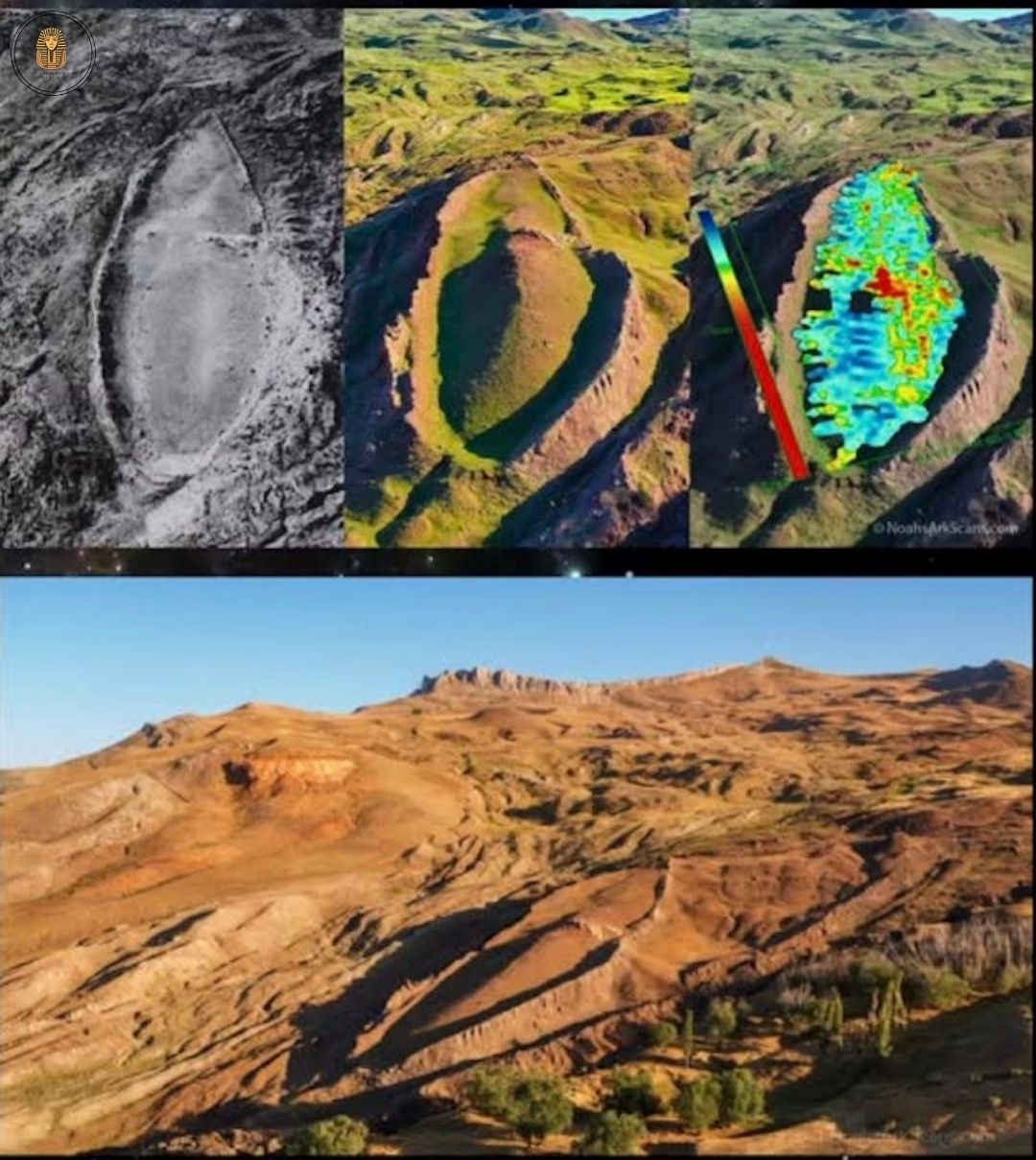Ancient Jerusalem’s Water Secret: The Engineering Marvel of Hezekiah’s Tunnel
Hezekiah’s Tunnel, commonly known as the Siloam Tunnel, is a remarkable feat of both archaeology and engineering located in Jerusalem, Israel. Constructed during King Hezekiah’s reign, between 701 and 681 BC, this tunnel was strategically designed to safeguard the city against the imminent threat of Assyrian attacks.
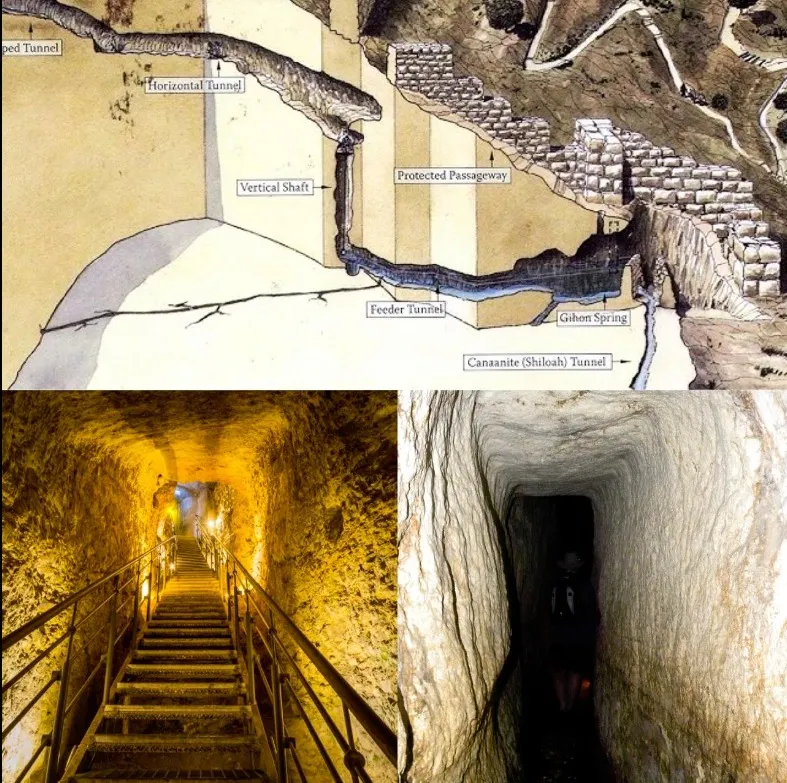
The tunnel’s primary function was to transport water from the Gihon Spring, situated beyond the city limits, to the Pool of Siloam, ensuring a consistent water supply for Jerusalem’s residents. Notably, the tunnel stretches approximately 533 meters (1,749 feet) and was expertly carved through solid rock from both ends until the two teams met with impressive precision at the midpoint.
What is particularly fascinating about Hezekiah’s Tunnel is that it was entirely excavated using only hand tools, demonstrating the remarkable skills of its builders who operated without any modern technology. Archaeological findings indicate that the workers starting from either end successfully converged in the center, showcasing their extraordinary craftsmanship even with the technological limitations of their time.
The tunnel features a narrow, winding passage with varying widths, adding to its mysterious allure. Inscriptions discovered within the tunnel provide insight into the construction process, especially at the point where the two teams joined together.


